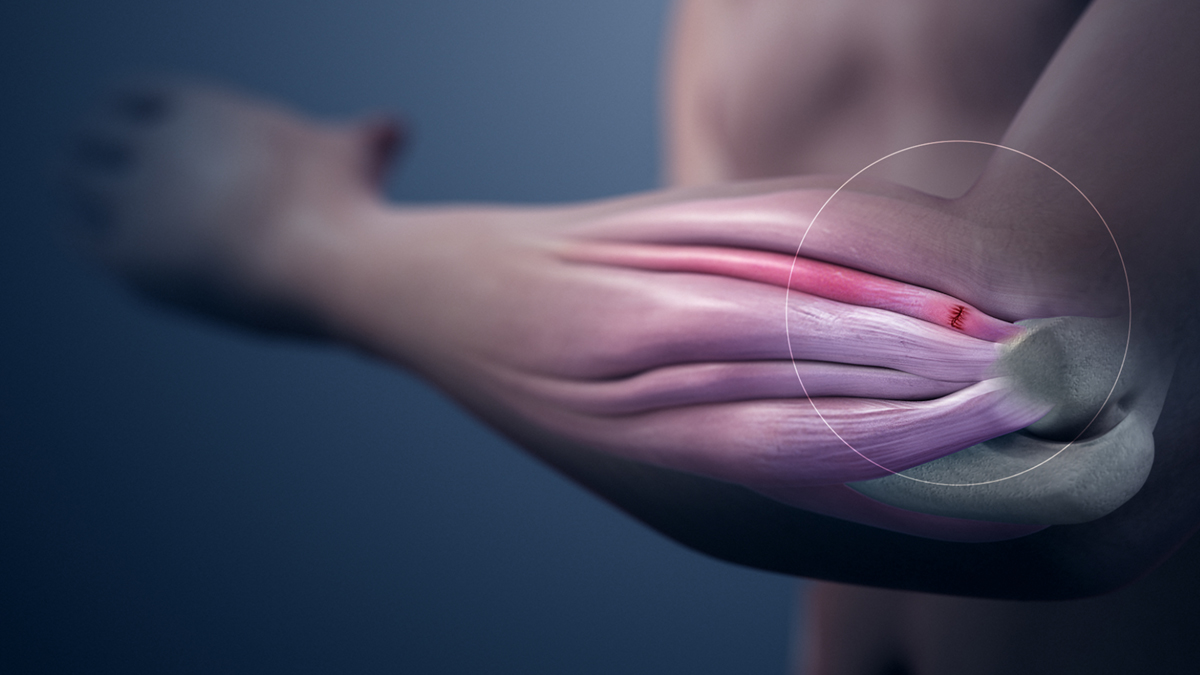
The Achilles tendon is the longest tendon in our bodies and it connects the two tendons of the calf muscles and the heel. Being the strongest one also implies that it is very exposed to various kinds of effort and the injury of it is especially common in sportsmen and the most frequent in the football players. But, the people who are most likely to suffer from this kind of injury are those who haven’t warmed up these tendons before workout. And that is the reason why some sudden twist for example can rupture the Achilles tendon.
So, the function of all the tendons in the body is to conduct the power from muscles to bones, and because of that they must be very rigid, but also flexible. The most injuries occur when the tendons are exposed to excessive strain and that way the tissue ruptures. The main cause of the problem is by not getting enough blood into that area. Because of all that, the warming-up before and the stretching techniques after the workout are the compulsory practices.
The most pointed out symptom is manifested as a rather severe pain little bit below the calf, but a lot of people have described it as the incapability to climb stairs and to run. But, fortunately, walking is possible, although very painful, too. Sometimes the injury is visible that is the swelling and the bruise can appear. After seeking the medical advice, it is strongly recommendable to mention to the Orthopaedic surgeon if there have been any similar injuries or if there were some steroids included into the trainings.
When it comes to the non-surgical treatment, it is conducted in the cases of the people having also some skin problems and the tendon-related conditions in the past. Especially if the patient suffers from some disorder that involves the slow healing process (such as diabetes, for instance), this kind of conservative treatment will be recommended. Also, if there is an infection or some similar complication, it is better to heal it in a less invasive way.
The surgical procedure can be performed either, through skin, or in the open. The efficiency of the surgery depends largely on the healing process after it, which can last one month to a month and a half. During all that time, the area must be immobilized and fixated. Of course, the rehabilitation often includes some mild trainings of the tendon, without an excessive effort focused on it, such as riding a bicycle and swimming. But, after some time, the exercises of strengthening (e.g. those with weights) may be included.


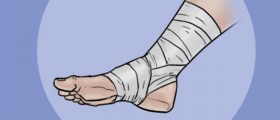

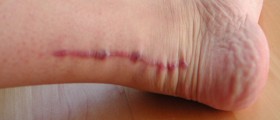


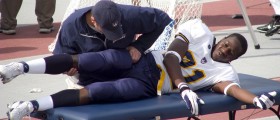


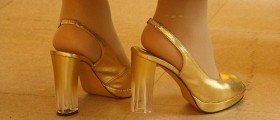



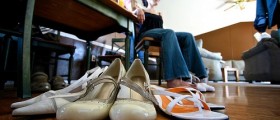

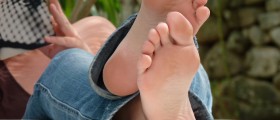
Your thoughts on this
Loading...